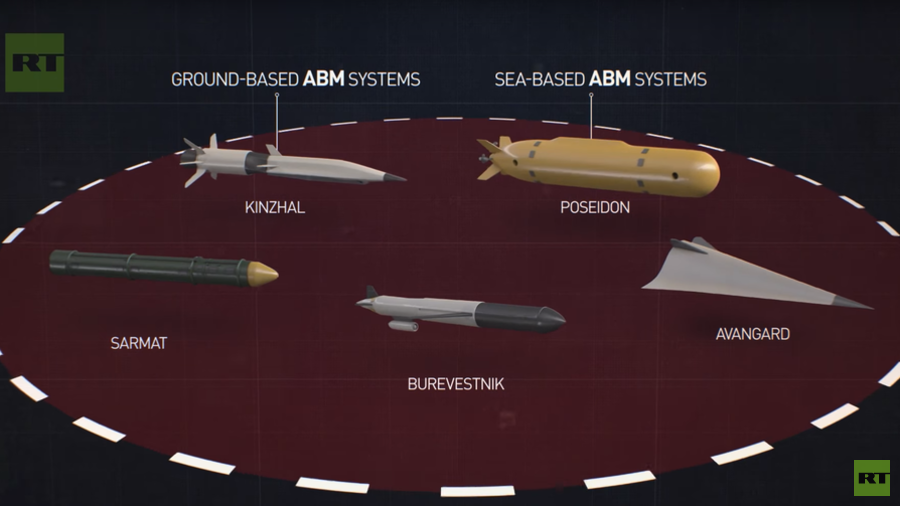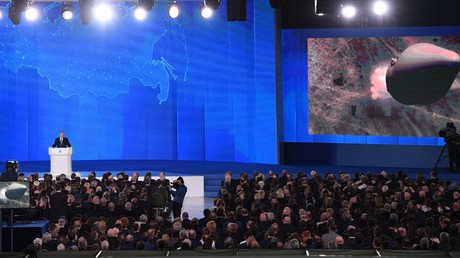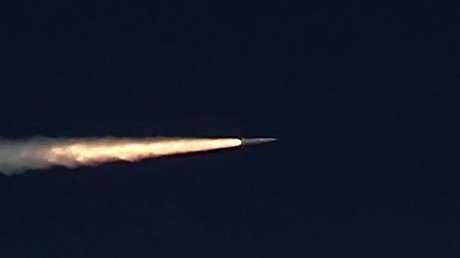Restoring strategic balance: The history of why Russia needs those scary missiles (VIDEO)

The history behind Russia’s hypersonic weapons stretches back decades. RT has prepared a handy video explaining why Moscow feels it needs the armaments after more than twenty years of US military expansion.
On March 1, Russian President Vladimir Putin revealed a new class of weapons that can bypass US missile shields: The Kinzhal, a hypersonic missile that can travel at more than 10 times the speed of sound; Avangard, a hypersonic weapon that can fly up to twenty times the speed of sound and has aircraft-like maneuverability capable of circumventing missile defenses; Sarmat, a new intercontinental ballistic missile that can travel across the North and South Poles in order to avoid missile shields, and capable of carrying more than twenty warheads – five times more than the previous generation of Topol missiles; Burevestnik, a nuclear-powered cruise missile similar to the American Tomahawk but enjoying virtually unlimited range; Poseidon, an underwater drone that is submarine-launched and capable of traveling at depths that make them undetectable. Putin also unveiled Peresvet, a combat laser system that almost instantly delivers a deadly energy beam to its target.
Far from being an act of belligerence, the new weapons are meant to restore nuclear parity and strategic balance with Washington, which tossed out a key anti-ballistic missile treaty in 2002.
Since the collapse of the Soviet Union, the United States has dotted Europe with missile shields – while rapidly expanding NATO eastward. Washington is planning to install new missile defense systems in South Korea and Japan – which it claims are necessary to deter Iran and North Korea.
Moscow has repeatedly protested against years of US military expansion towards its borders. Now, as Putin said during his March address, Moscow hopes that the United States will finally listen.














